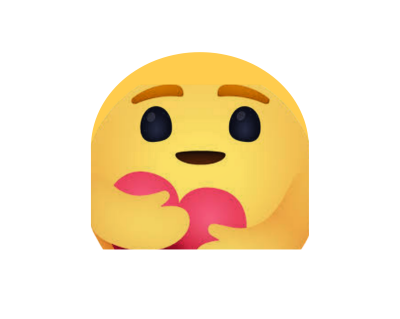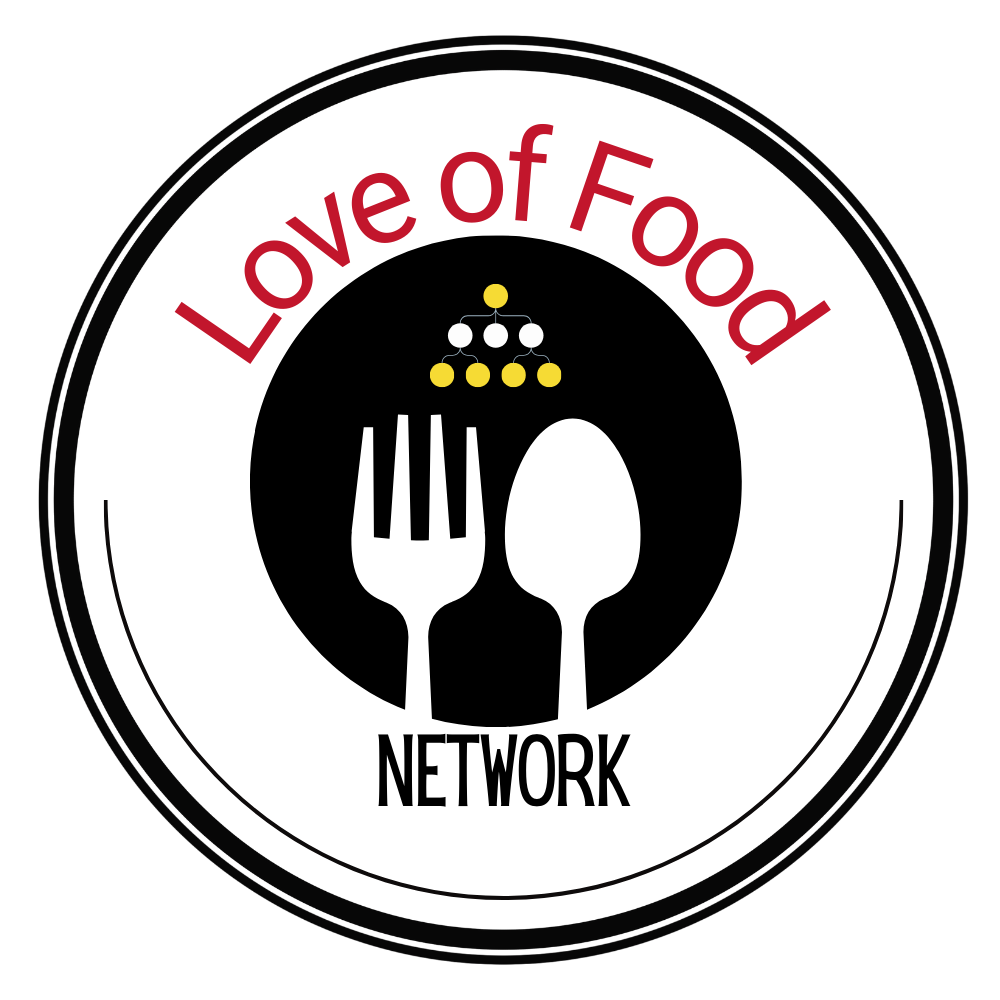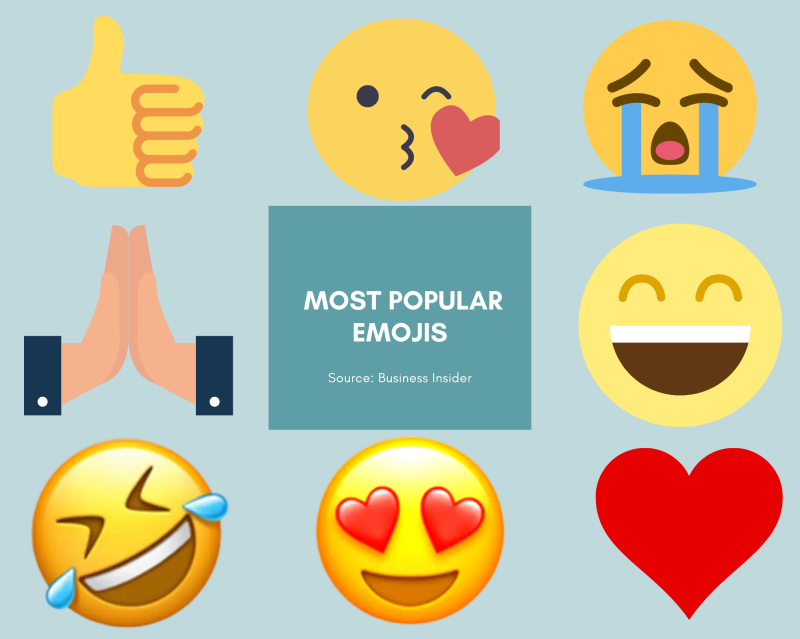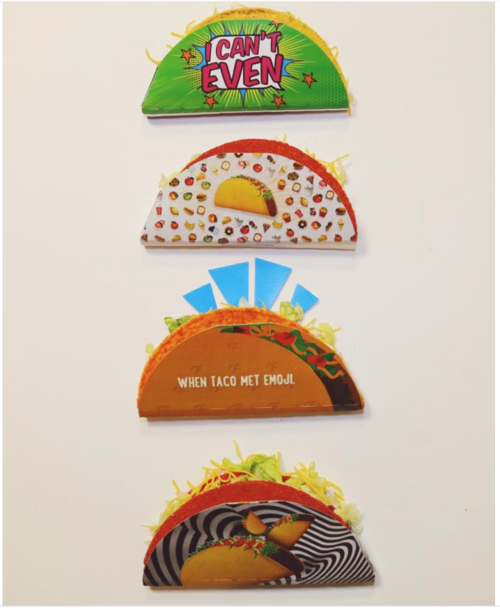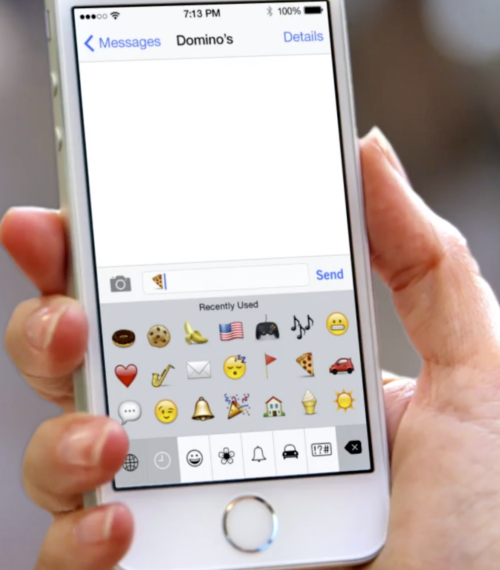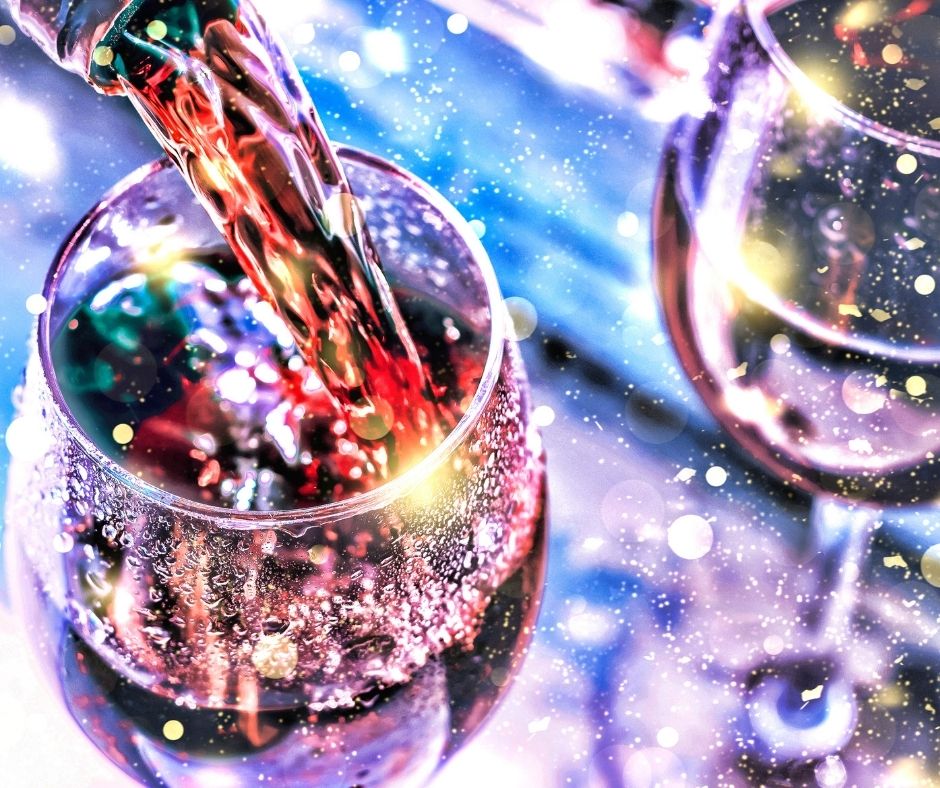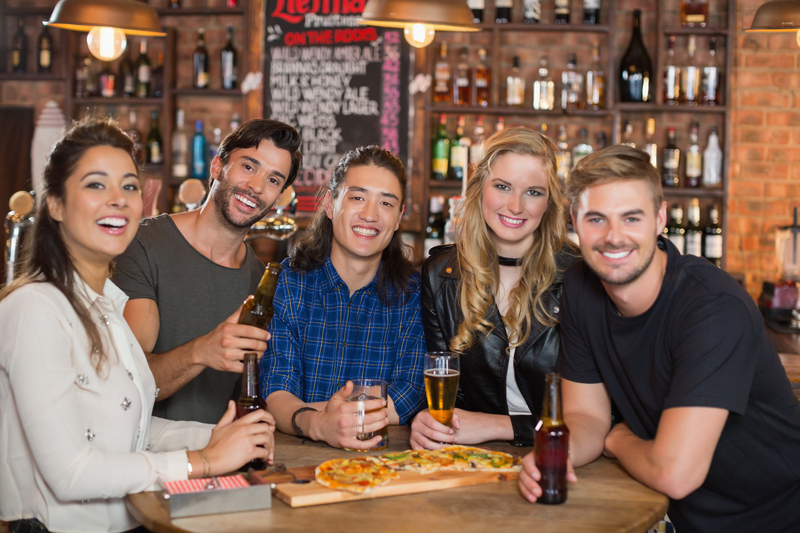With travel and human contact restricted due to the pandemic, the Emoji has become more important than ever during a period of time where we are sheltered in place. As humans, we naturally need to show emotion to one another. These days we connect with others more often via technology than ever, so it only seems fitting that we pay homage to these little icons. I know, you’re probably thinking the world has gone mad to honor poop characters and smiley faces. But here we are, World Emoji Day is this Friday, July 17th, 2020.
World Emoji Day is this Friday, July 17th, 2020.
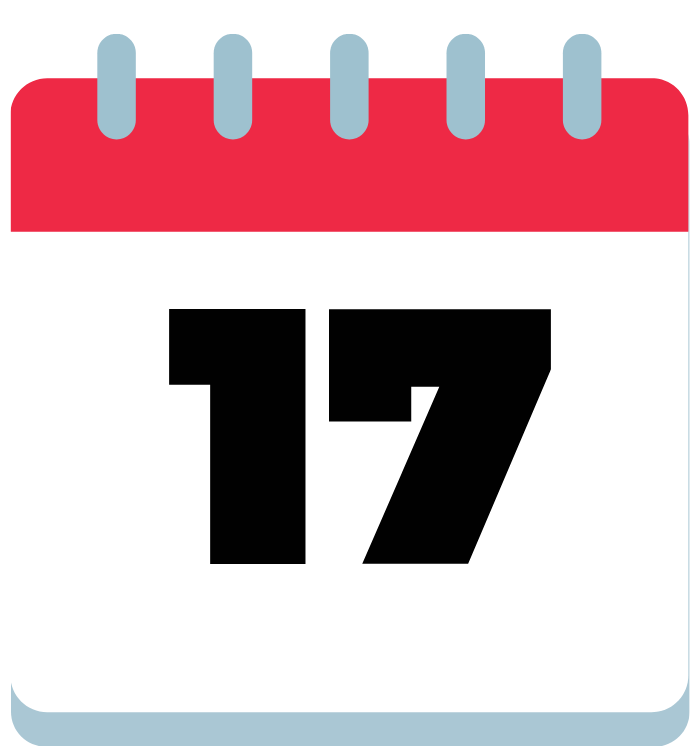
The emoji symbol is a universal way to express our emotions about something. How dry and unfeeling would your emails and texts come across without those little characters nestled into your messages? Without them, it would not be so easy to send a virtual hug or show someone how much you really approve of something with stars in your eyes. Sure we could always just make a sideways smiley face with the keyboard in black and white, but it’s not the same.

What does the Emoji have to do with food?
I was contacted by a former employer who develops and hosts software platforms for the financial sector. They asked if I would be willing to be their celebrity judge for a cookie contest. Well, I would not necessarily call myself a celebrity, however, to judge a cookie contest sounded like fun.
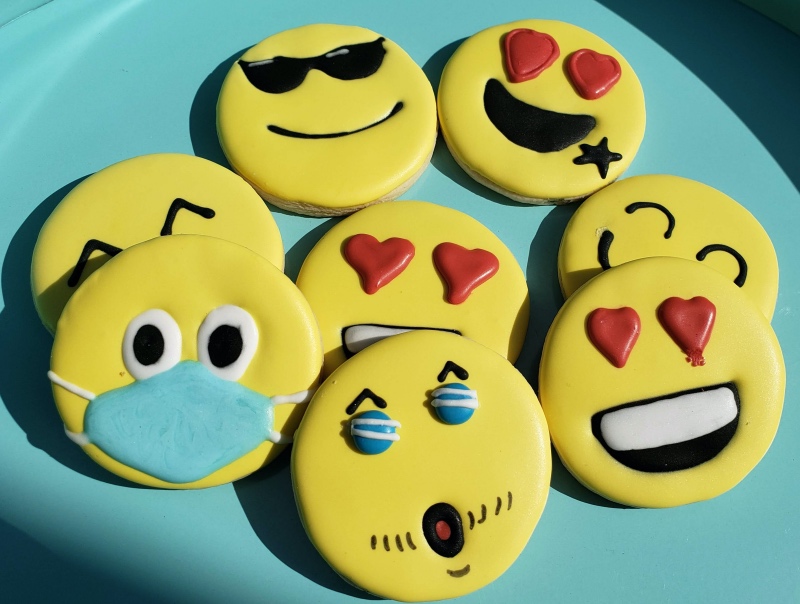
They explained that they were looking for ways to virtually host team-building activities that their employees could participate in while they were working remotely. One of their employees, Kathy, who is a superstar salesperson and an “As Seen on TV” product reviewer decided that having a contest to see who could decorate the best Emoji cookie would meet the company’s initiative.
They have invited all their employees to make their cookie creations from the comfort of their homes. They will bring them all together to participate in this virtual cookie contest via a group video conference to hear the announcement of the winner. What a brilliant and fun idea for World Emoji Day!
We thought the idea was worth sharing and it’s not too late to get your kids or employees baking those cookies. In the meantime, I reached out to a baker friend Mica, who owns Micas Sweet and Treats and asked her to make some emoji cookies for this article in hopes that it would inspire you too. The masked emoji was a late addition, but I was so glad she added it because it truly represents these strange times we are living in.
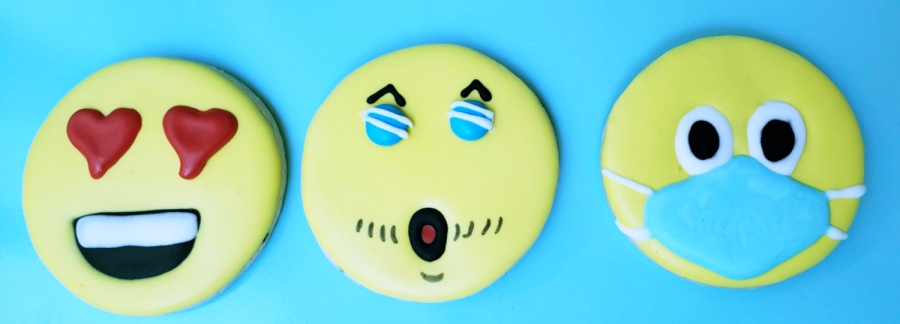
What is the difference between an Emoticon and an Emoji?
Think about how you access an Emoticon. You must use your keyboard and combine keystrokes to make a character like a : ) or : { or ; ) or 🙁 . Emoticons need to be read sideways to be understood. Just like our example earlier of the simple smiley face. While those keyboard strokes were popular in the late nineties we wanted more expression.
Move over Emoticons because we love our Emojis!
Emoji got its name from the Japanese word for photo “E” and “Moji” is the Japanese word for character. Therefore, Emoji means photo character. Using this logic, most people think an emoji is just a photo, but it is not. An emoji is a carrier-specific symbol of code that is placed on a mobile device and is then translated into another piece of code to allow the same emoji to show up on another mobile device. The early emojis were only able to be seen by users who were in the same mobile networks. Google however changed that one for the better. Today we have a Unicode Consortium that allows for the approved emojis to be translated to any mobile platform.
Where did Emojis come from?
If you guessed Japan you would be correct. The very first were actually made for pagers. But since that technology is extinct, we are focusing on other mobile devices. Most people think that the Emojis were invented by a man named Shegetaka Kurita who worked for DoKoMo, a Japanese Mobile phone company. However new information that has been discovered by researchers show that early emojis made an appearance in 1997 by a company called Softbank, better known as the J-Phone at the time. Below you can see the early versions of the Emojis.
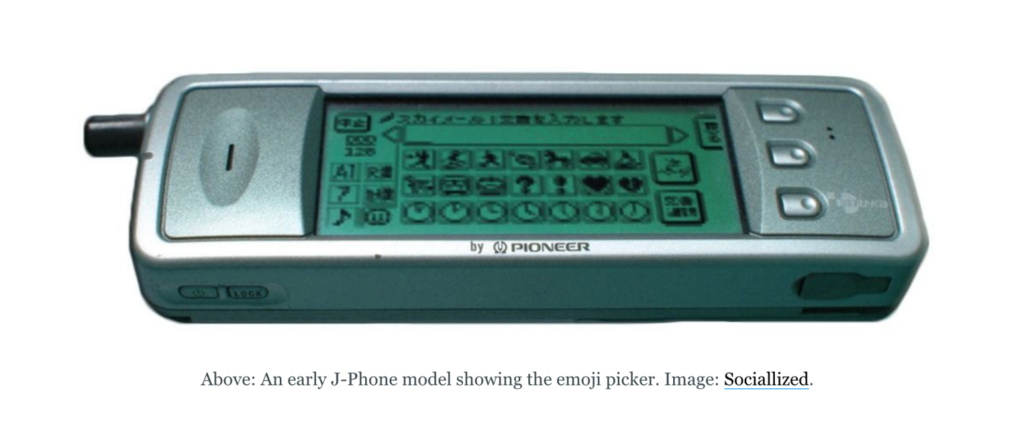
According to Emojipedia, who researches and compiles information about emojis, the early set of Softbank emojis only contained about 90 distinct characters, but in that set was the iconic pile of poo. Who knew? Today we use emojis for everything we want to express.
The mobile device industry worth $355 Billion had us hooked from the beginning, but emojis made it even stickier, friendlier, and they allowed us to express ourselves even without words. Recently we saw the addition of the Care Emoji. Maybe you have a favorite? I like the cheers emoji with either the champagne or the mugs of beer depending on who I am celebrating. I also like the hugging face emoji.
Marketers were quick to jump on the emoji bandwagon and tell us that it increases engagement in push campaigns. If you are Instagramming or Snapchatting they tell us you had better have emojis in the messages. Taco Bell uses emojis to connect with its audience and in fact lobbied back in 2015 to include a taco emoji into the Unicode Consortium. Although I have never done this, I am told you can even order a Domino’s pizza using an emoji.
Will emojis replace words? Will we go back to hieroglyphs like the Ancient Egyptians? All of the indicators say that while we are using emojis more, we mainly use them as a way to support or bring more life to the words that we type into our mobile devices. We do not often use them as a replacement for them, however in the case of the Domino’s pizza, that is their goal. Time and new technology will tell. Who ever thought virtual team-building and mask emojis would be popular?
Stay safe and be well!
